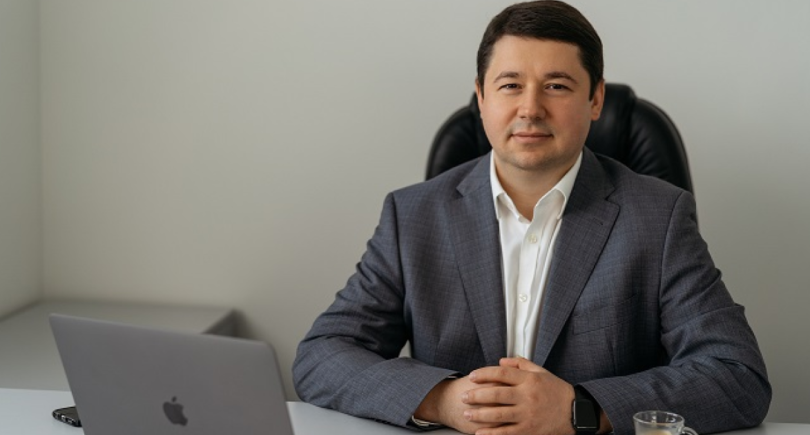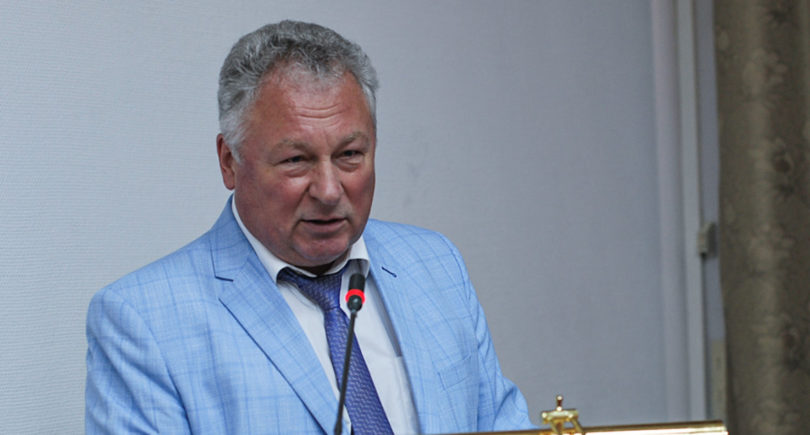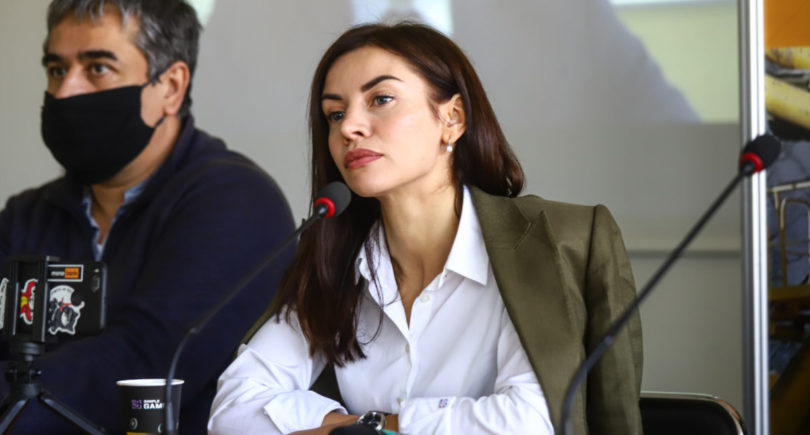
Opinions Industry investment 581 19 September 2019
Last time it was too painful to risk again
In 2018, Ukrainian steel companies invested around USD 800 million (USD 37 per ton of steel) in the steel segment. It is the largest investment since 2013. In the current year, domestic steelmakers are going to increase capital investment in the steel segment by 40% up to over USD 1.1 billion (USD 51 per ton of steel).
In order to understand whether this is a lot or a little, one should judge by global averages. Global producers, on average, invested USD 54.5 per ton of steel in 2018 and USD 50.5 in 2014–2018. It means that our record values are quite ordinary for global companies.
Increased investment in the last two years can be attributed to the fact that in 2014–2016, during the tough period for the steel industry, the sector was underinvested. During that period, the average CAPEX per ton of steel was USD 19, which is by 2.5 times lower than the global average in the same period.
Why is there such a wide investment gap between domestic and global companies? The first thing that comes to mind and which is often heard is different conditions of access to capital. It is an important factor, but what’s even more important, in my opinion, is that Ukrainian companies have been overburdened with debt since 2011–2013. In the context of deterioration of the economic situation and reduction of profits, companies in the sector faced debt servicing issues. It affected all companies, including Industrial Union of Donbass (it is selling its assets), Metinvest and Ferrexpo (they have successfully restructured their debts) and Interpipe (it recently reached an agreement on restructuring). It is impossible to build up investment under such conditions.
Generally speaking, this problem was faced by many global companies, but (and this argument is substantial) they had access to capital for re-funding.
The conflict in Donbas should also be mentioned. It was a shock for both the sector and the entire economy of Ukraine. Yenakieve Iron and Steel Works and Alchevsk Iron and Steel Works that remained in the occupied territory had been actively developing till 2014. The results of that investment turned out to be inaccessible.
What’s next?
Investments declared by Ukrainian companies for 2019 are record high since 2008 in absolute terms. On a per ton of steel basis, it even may be considered a historical high. This is happening while the demand for steel remains flat, China is largely tapering off and the risk of recession in the U.S. by the end of 2021 has been estimated at 74%. The situation is aggravated by trade wars.
Some global public companies respond to growing risks by curtailing their investment plans. For instance, in expectation of further deterioration of the market situation, Tata Steel announced investment reduction by 30% in 2019/2020 financial year. Brazilian Gerdau Group has reduced its planned investment for 2019 by 18%.
It is a sound approach to avoid boosting investment expenditure when risks are growing. However, Ukrainian companies behave in a different way. Why? We’ve got several years of underinvestment behind, and a weak market and high export competition ahead. That’s why the things are not so simple for Ukrainian producers.
1. Keeping up with other companies.Our direct competitors — Russian companies — have announced large-scale investment plans for 2019/2020: USD 1.4 billion per annum for Severstal and USD 900 million per annum for NLMK. It is almost as large as the entire domestic sector.
Russian companies can afford large investment as they earn the largest profits in the world. If Ukrainian producers reduce their investments under such conditions, they will lose their positions in the market.
2. Catching up.If our investment is compared with the global average, it will turn out that our steel sector has been underinvested by USD 3 billion (since 2014). It is important to note that in 2014–2018, most CAPEX covered maintenance projects. For instance, during that period, the relevant average for the Metinvest Group companies that disclose this information in their annual statements was 74%. The same situation is observed in other companies.
3. Meeting standards.The steel industry seeks reducing CO2 emissions, which requires additional investment. The Chairman of the World Steel Association stated that unequal emission tariffs at the regional level, which resulted from different tariff setting mechanisms, lead to distortion of fair competition in the market. According to him, fair competition should be restored through government intervention. It means that companies should keep up with international investment standards today to be competitive tomorrow.
Conclusions
To catch up and stay competitive, Ukrainian companies have to risk and preserve high volumes of investment in the context of reduction of Ukraine’s investment attractiveness. Ukraine’s investment attractiveness index calculated by the European Business Association fell down to 2.85, while it did not go lower than 3 in 2017–2018.
It seems a bit irrational. However, as a classic once said: “Nothing is more suicidal than a rational investment policy in an irrational world.”





